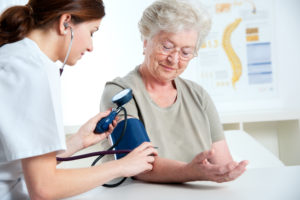
But it can be intimidating.
You might see people jogging past your home and say to yourself, “no, thank you.”
I can relate. I’m not running unless someone’s chasing me.
But guess what? You don’t have to be a runner to experience cardiovascular benefits and better heart health. You also don’t have to spend hours per day moving around.
To be honest, running isn’t an overly efficient form of exercise. Close to 80% of long-distance runners experience an injury. It’s not great for your joints, and it’s not a great tool for fat loss.
When it comes to heart health and preserving your joints, walking is great. It’s unintimidating, relatively low risk, and you don’t need a big dose of it to lower blood pressure.
You do, however, need it regularly.
It seems like modest increases in moderate activity each week can lead to blood pressure reductions in hypertensive people. A 2003 study found that as little as 30 minutes per week was able to reduce blood pressure compared to being sedentary.
The researchers noticed that the most significant benefits were found when people got 61-90 minutes per week, so an hour and a half. There was not much benefit to doing more than that.
So, in as little as 5–15 minutes per day, you could walk your way to clinically significant blood pressure reductions. Not too much time or energy required, huh?
Of course, you can supplement an increase in activity with a healthier diet and finding more reasons to get up and move every day. Raking leaves, gardening, or parking further from the grocery store entrance are all simple ways to increase activity and reduce the risk of hypertension.